
Creation Crate is a subscription box for teens and adults ages 12 and up who want to learn how to build and program electronics. Each month you will receive the necessary electronic components and access to a thorough online curriculum to create your tech projects. These projects build on skills learned and increase in difficulty. You'll need access to a computer, the internet, and a USB port, but everything else you need is included in the box!
FYI - COVID-19 Update:

This box was sent to us at no cost for review. (Check out the review process post to learn more about how we review boxes).

About Creation Crate
The Subscription Box: Creation Crate
The Cost: $29.99 per month. Save with longer subscriptions.
The Products: All of the required components to complete the month's project along with access to an online classroom with tutorials, exercises, and instructions on how to write your code.
Ships to: The U.S. for $4.99, Canada and worldwide for $8.99
Creation Crate Project 7: "Weather Station" Review
Bonus Gifts: Component Case XL, Soldering Kit, and Digital Multimeter
When you subscribe to a quarterly, semi-annual, or annual plan, you will receive a few bonus gifts depending on which subscription option you choose. Creation Crate was kind enough to send me a few items to share with you! To read more about the component case and soldering kit, check out my first review here! To learn more about the multimeter, check out the details in this review! While these are great to have on hand, they are not necessary for your projects each month.

The project for this month is to make our own Weather Station. This sheet provides instructions on how to access the online course. While the projects do build upon one another in skill each month, I did not need any other items besides what is in this month's box and my computer.
All of our supplies were packaged neatly and protected by a piece of bubble wrap.
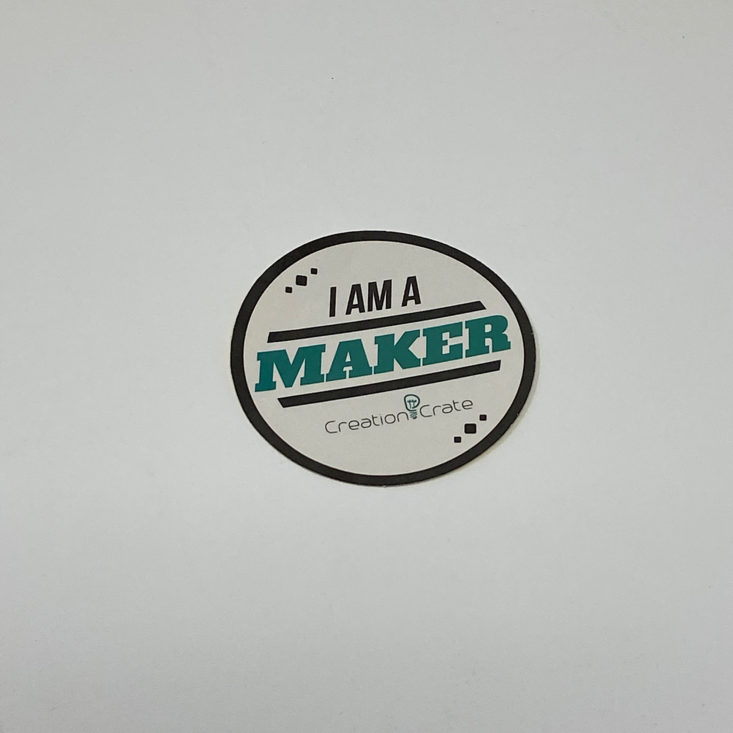
We received this nice maker sticker with all of our parts.
Breadboard and UNO R3
The two main components we needed were a breadboard and this UNO R3 they provided.
USB Cable
They also provided this cable with a USB port at one end to hook our project up to our computer for programming.
Jumper Wires and Resistor
We also received several jumper wires and a 10K OHM resistor.
Sensors
They included some pieces that are new to me: a BMP180 sensor and a DHT11 sensor.
Logging into the Course
Logging into your course can be a little tricky the first time, so I've included some screenshots of the steps. After navigating to the classroom, you'll select "All Courses" and scroll down to find the "Original Courses" button. Then you select the course you want and hit the "Buy" button. From here you'll be prompted to create a new account or log in if you already have an account. There will be a section to enter your access code which can be found on the Parts List in your box and it will bring your total to $0.00 and allow you access to the course.
Course Layout
Once you begin your project, you'll notice a little sidebar that provides your progress throughout the course. While the components may be different each time, the course will be divided into many subsections that follow a logical order making it easy to follow along with since it is so well organized. There are even some troubleshooting sections.
One thing I think is so great about Creation Crate is they provide access to a "Getting Started Course" for those who are beginners. I was thoroughly impressed with this course. They went into all of the details about currents, amps, power, and voltage. They provided visual demonstrations of how things work and explained each of the components that we would be working with such as breadboards, jumper wires, and LEDs. I thought they had a great way of explaining and making real-life comparisons to help us gain an understanding of the concepts. This felt like a true educational course and was on par with something you might take in college!
Now let's get to this month's project! First, they introduced our project and displayed a parts list. They also provided a PDF version of the instructions for us to download. There is a sidebar that also tracks your progress and breaks everything down into steps.
This month they mention that there are a few new things such as the sensors for our hardware and learning about libraries and how to use them for our programming piece. I love that they include so much detail about each of these components! They also linked to some really helpful information about libraries and how to install them. They explained it perfectly, and I found this part to be fairly easy thanks to the detailed instructions.
Part 1: Assembling the Hardware
These are the instructions for adding the components to our breadboard. The breadboard reads like a grid with numbers going vertically and letters horizontally which makes it a little easier to place items. This part has become pretty simple, other than the difficulty of working in such a small space! This month was even more simple since I only had 2 sensors and 1 resistor to place before connecting my breadboard to the UNO R3 with the jumper wires.
Part 2: Write the Program
Now it was time to write the program using Arduino. With our first project, they provided directions for how to download Arduino's free software along with a coding video that explained the basics to us. While entering code is essentially just typing in what they give you word for word, it can be quite tedious and it's easy to make a mistake. Luckily, they include a section on common errors to help us troubleshoot. They break down the coding into sections and use notations to help us understand what each section is for.
With the code completed, it was time to plug everything into the computer and see if it worked! The idea is that the two sensors on the breadboard could monitor temperature, humidity, the heat index, pressure, and altitude of a space.
In order to measure all of this correctly, I needed to provide some information about my location. I had to open the serial monitor and it asked me to select between metric or imperial and then I had to enter in the sea level pressure at my location which was easily done by looking it up online and then simply converting it to kPa which is the units our weather station uses to operate. Then I was able to start blowing on it and creating air to see how it changed within the serial monitor. It worked! You can see how much the humidity changed as I blew hot air over it (screen 3).
Now it was time to begin the exercises. I'm not sure if I cheated the system on this one, but for Exercise 1 since I knew that temperature was measured using the DHT sensor and would default to the BMP sensor if the DHT was not working correctly, I simply took off the DHT from my breadboard and ran my program again. You can see that the temperature is completely inaccurate measuring 215.5 degrees Celsius! I did play around with the coding a bit, but when I did that it wouldn't recognize the temperature at all. This is where it might be helpful to have an answer key just to make sure I was on track!
I had to get some help from my husband for the second exercise because I just kept getting stuck, but finally, we were able to get it to run and give the temperature warning on the serial monitor! I was able to complete exercise 3 as well and get the serial monitor to display the sea level pressure with each reading it took which I felt was a pretty simple task compared to exercise 2!
As for the bonus exercise, I really tried to understand it and I went back through the tutorials on the libraries and I just could not make sense of it. I understood what it was asking me to do, but I just couldn't figure out how and where to execute these functions. Since this is a bonus exercise, it seems to involve more steps and at this point, it is just beyond my understanding. I view the bonus exercise as more of a challenge so I didn't want to reach out via the discussion board for this one but had it been one of the main exercises that I had difficulty with, I'm sure that if I were to reach out for help, they would be able to explain it well to me!

If we did have any major issues, they have a classroom discussion that we can use to ask questions. It looks like Creation Crate responds very quickly to any concerns, too!

It was easy to see once we had completed everything in the course thanks to the side menu. The last section is where they encourage you to share your work in exchange for some cool rewards.
Verdict: This is my seventh project from Creation Crate and I feel like I am really learning a lot! The challenges are definitely increasing in difficulty and they are beginning to require more skill and a greater sense of understanding. This month they introduced some new concepts, but they provided so much information and some step-by-step instructions so I was easily able to accomplish the necessary tasks. While the bonus exercise stumped me, I am still pretty confident in what I am learning since I was able to complete the other exercises, with a little help from my husband, of course. While I was able to find help from home, I have noticed that the replies and offers for assistance on the discussion boards are timely and efficient, so I have no doubts that if I reached out, I would be met with a helpful response!
To Wrap Up:
Can you still get this box if you sign up today? Because the projects build upon one another, you'll receive the Project 1 box first! From Creation Crate:
Creation Crate projects are a combination of building hardware and programming software with a focus on helping you understand how it works. Each month, you'll be given a new project that's slightly harder than the last.
Check out our other Creation Crate reviews and our list of the best boxes for teens, as voted by MSA readers!
Keep Track of Your Subscriptions: Add this box to your subscription list or wishlist!
What do you think of Creation Crate?










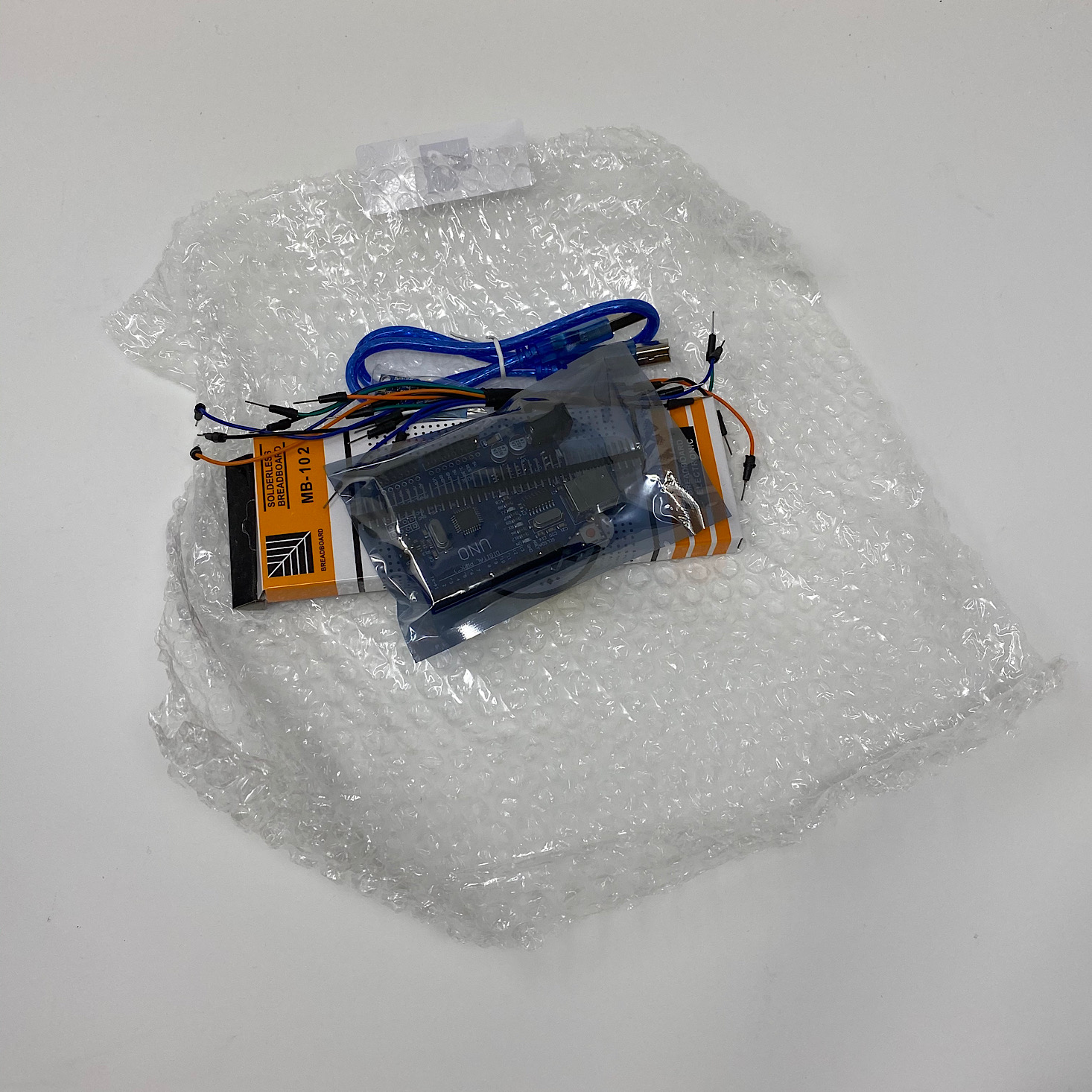
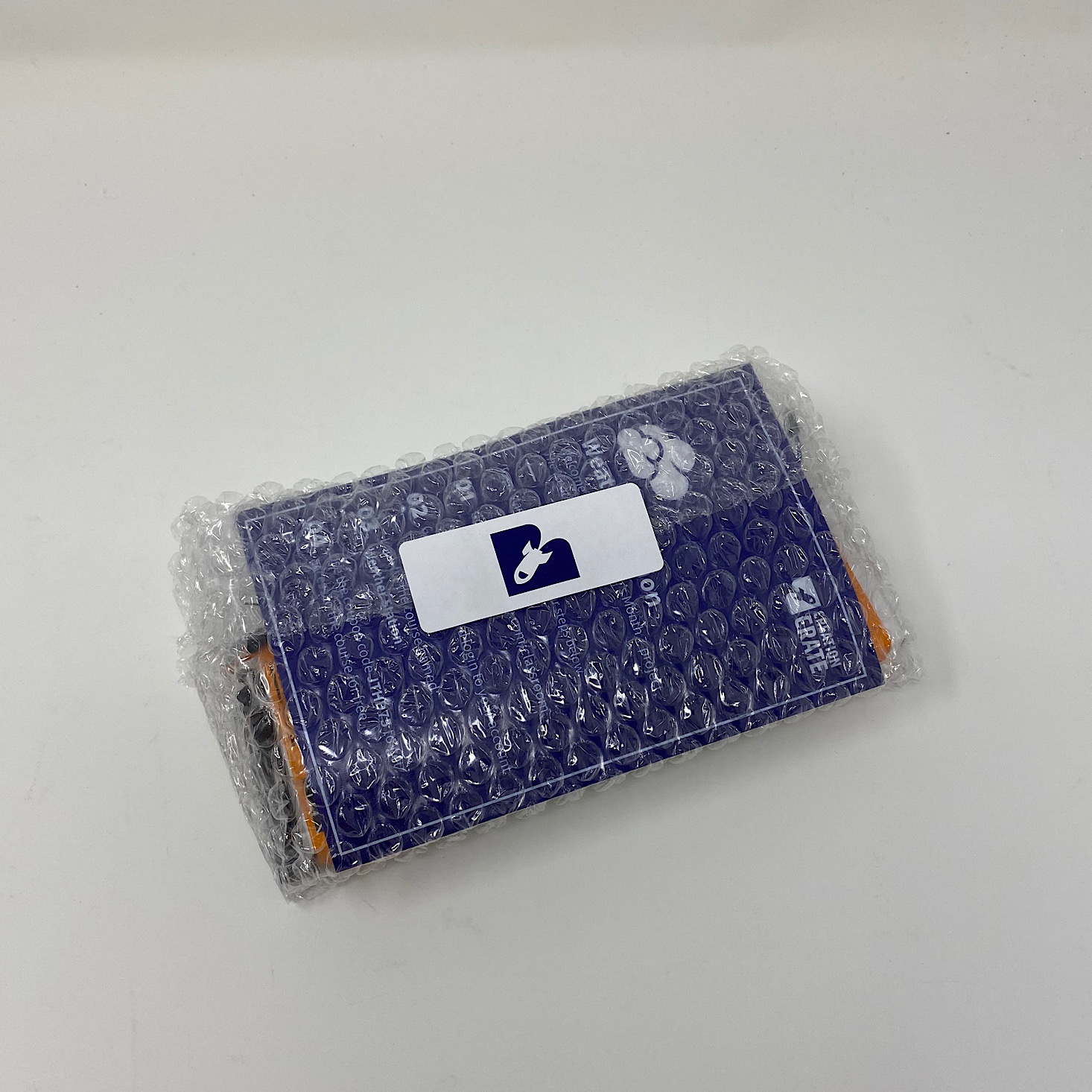


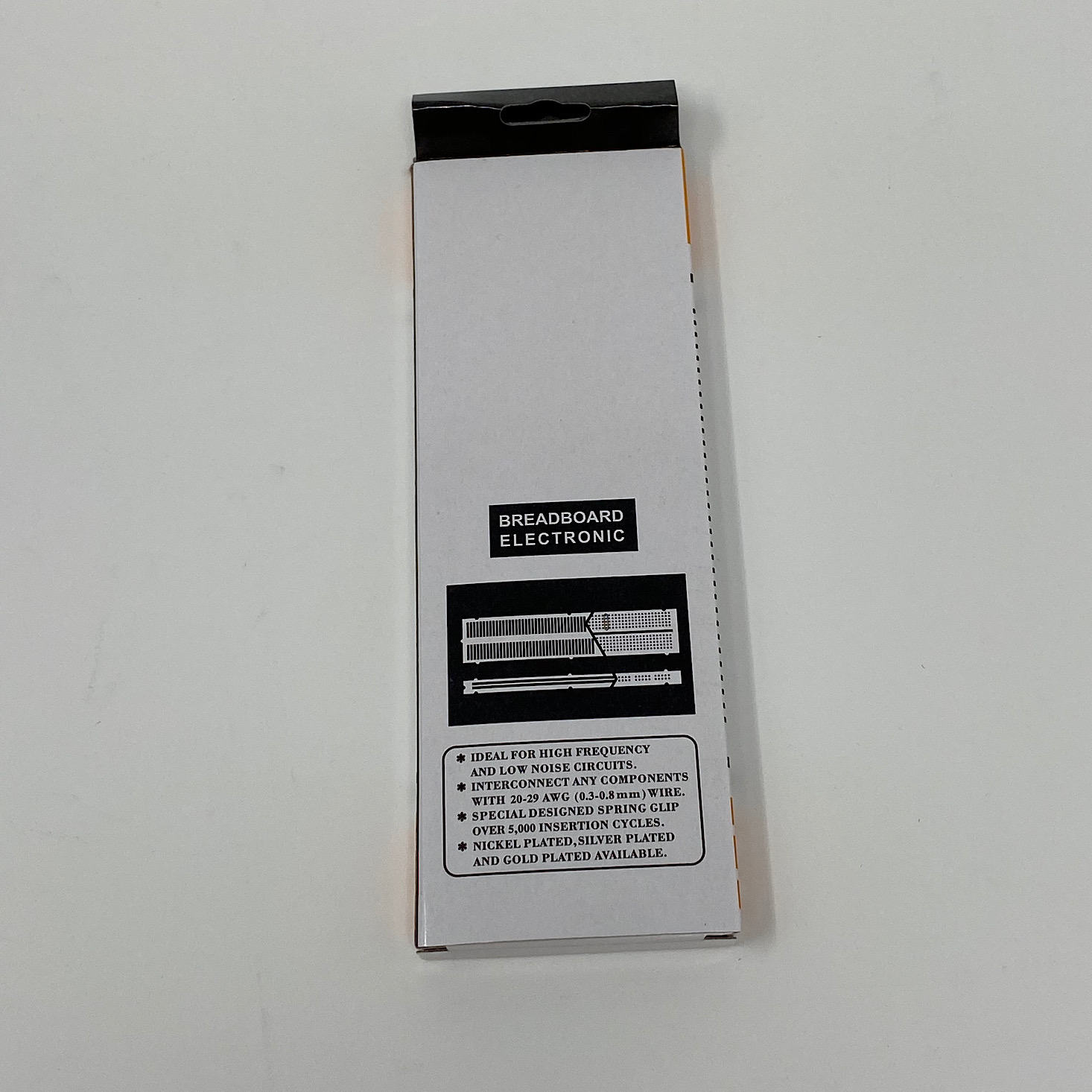
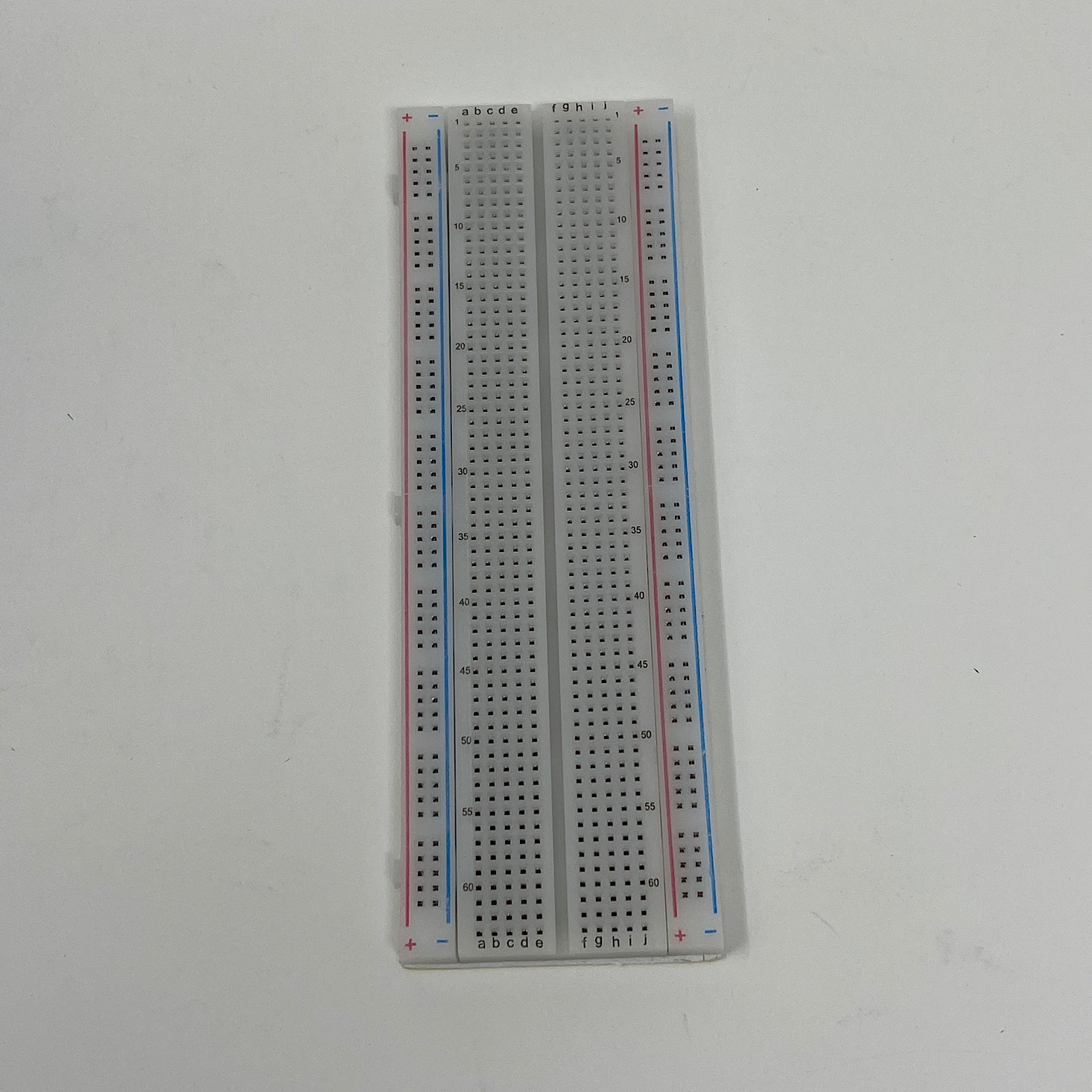



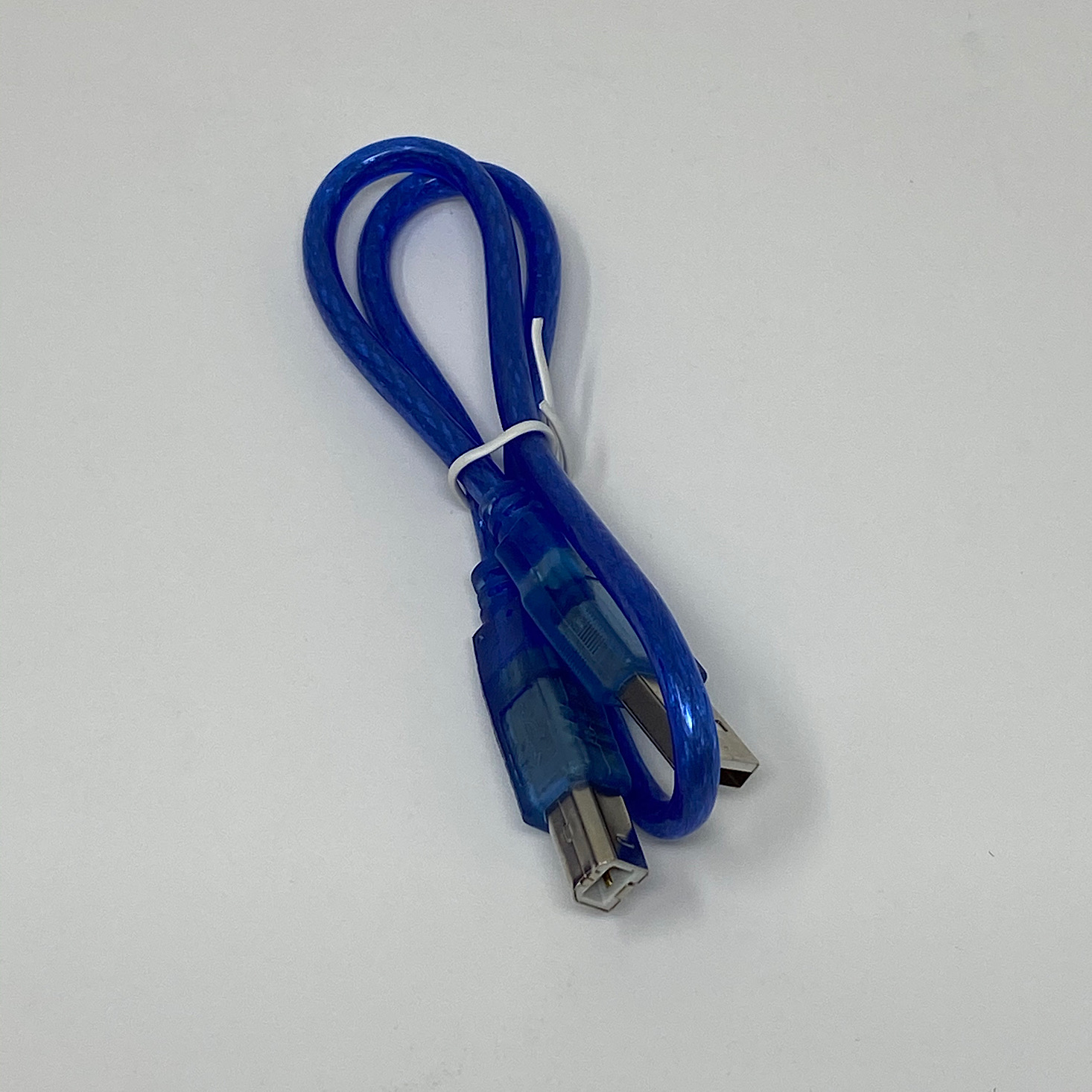

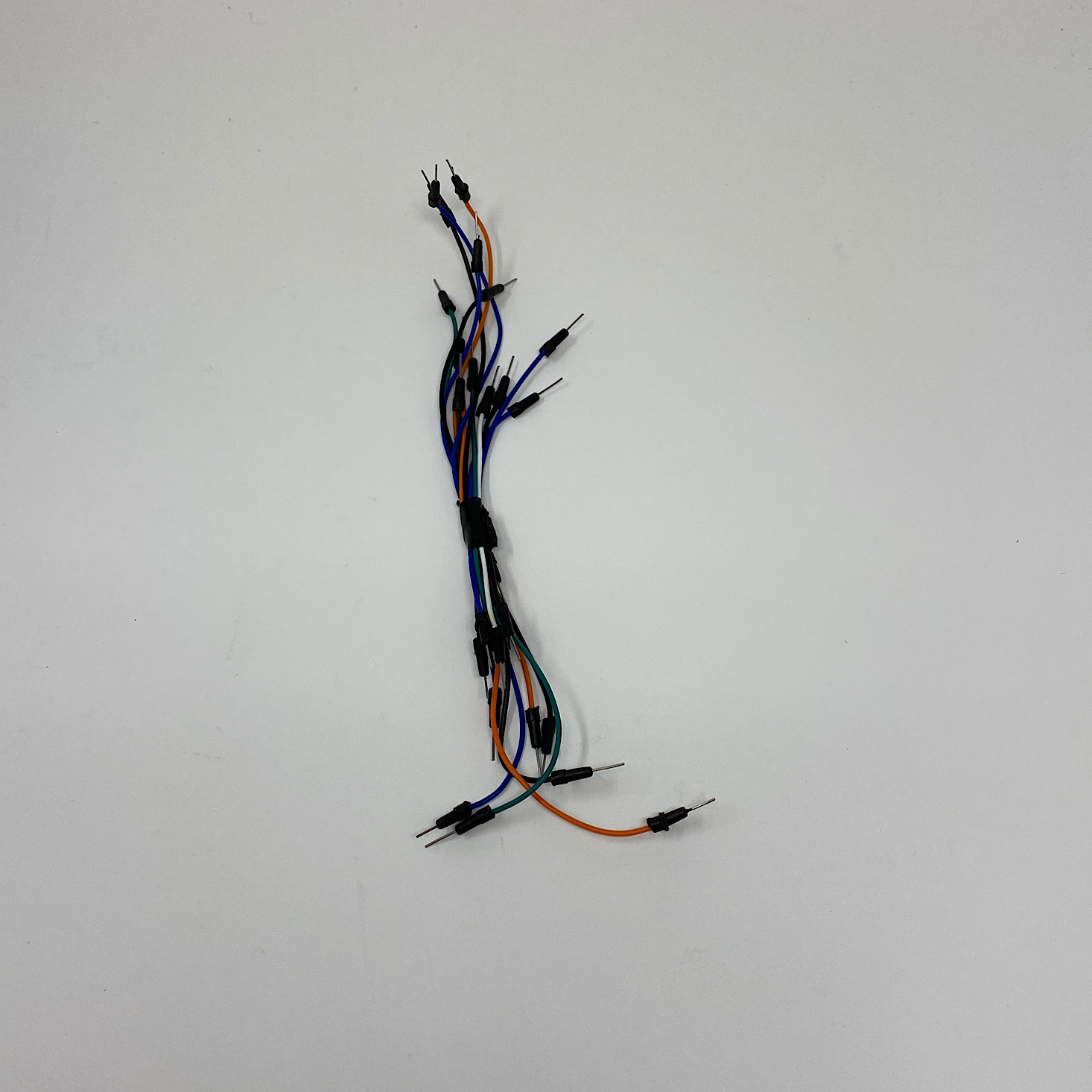

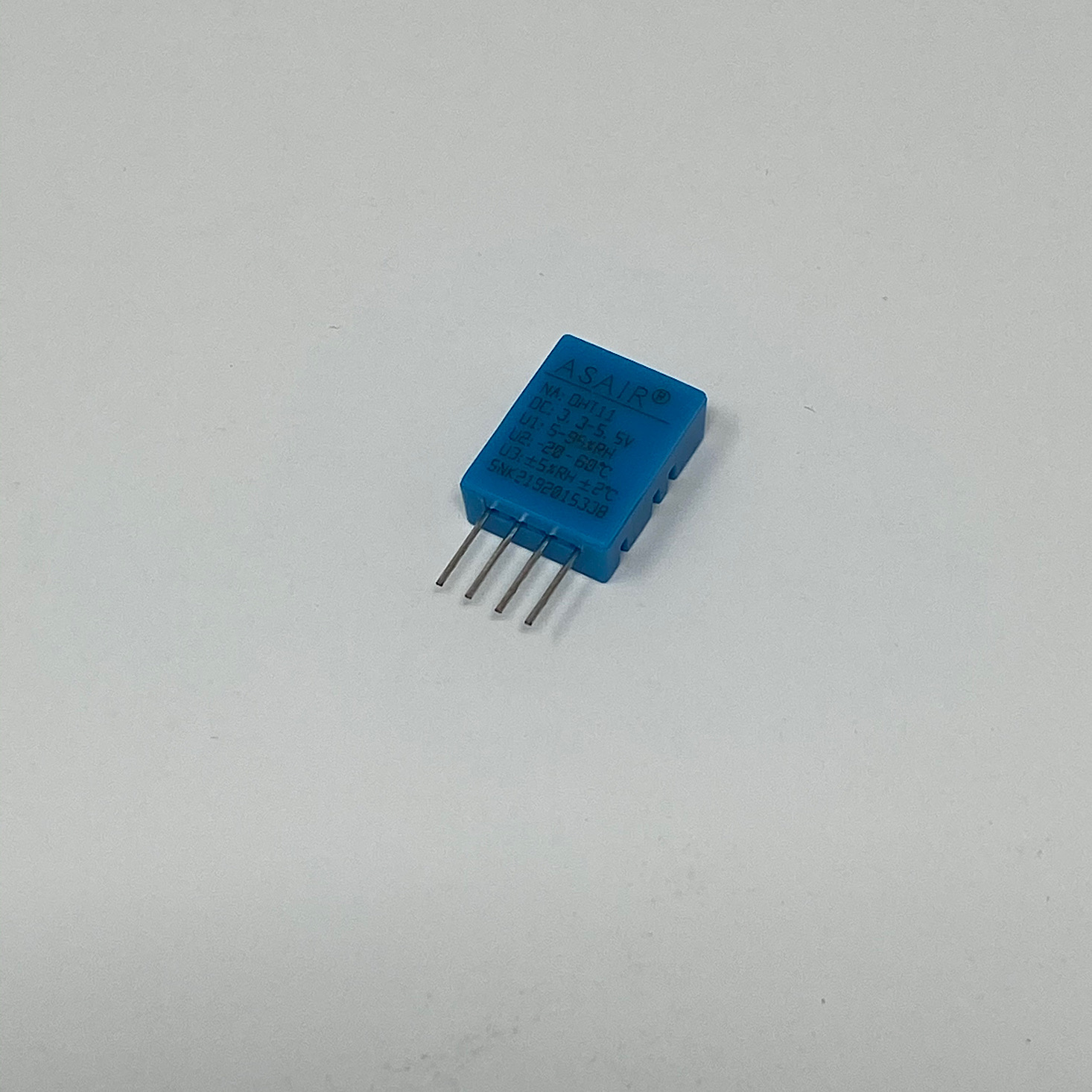
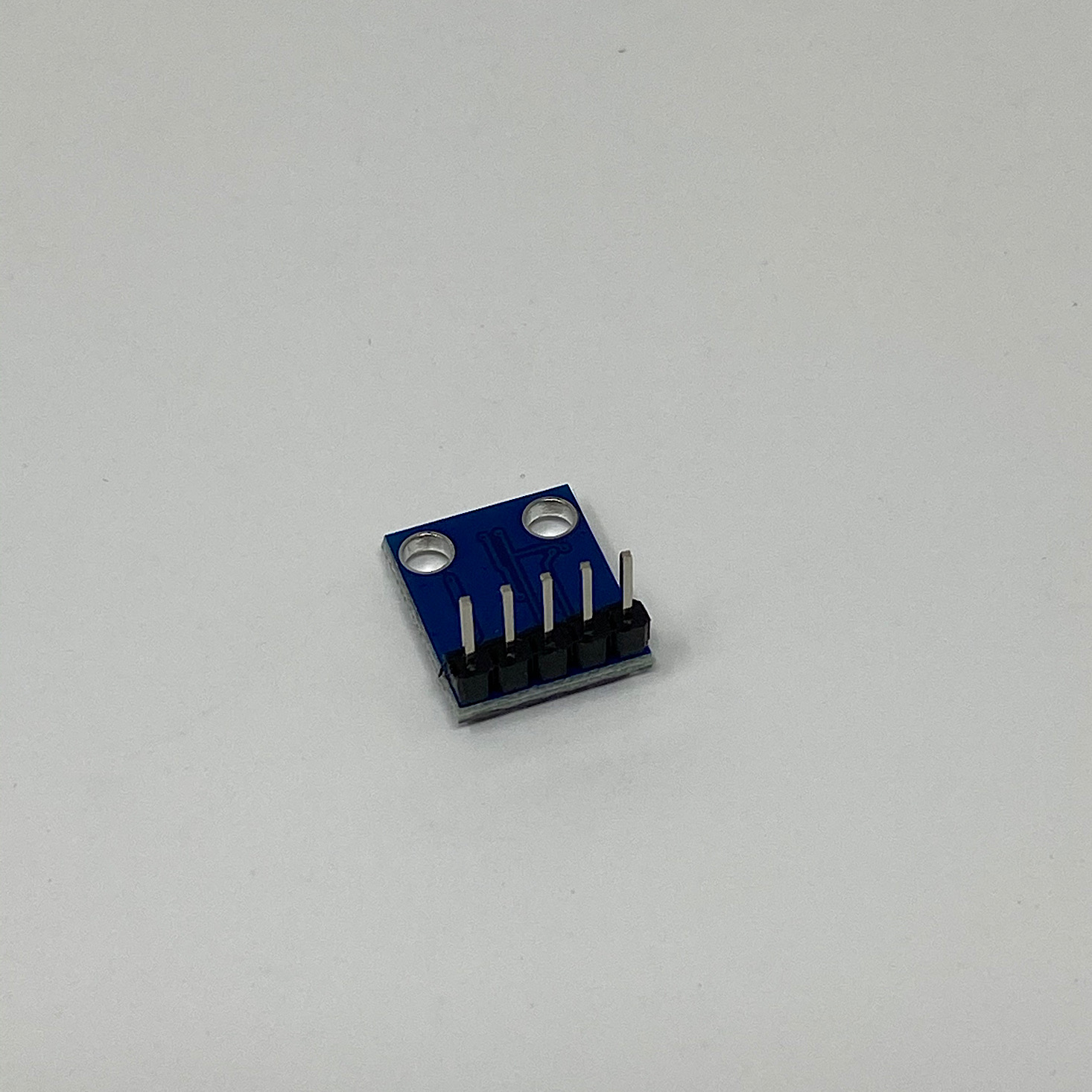







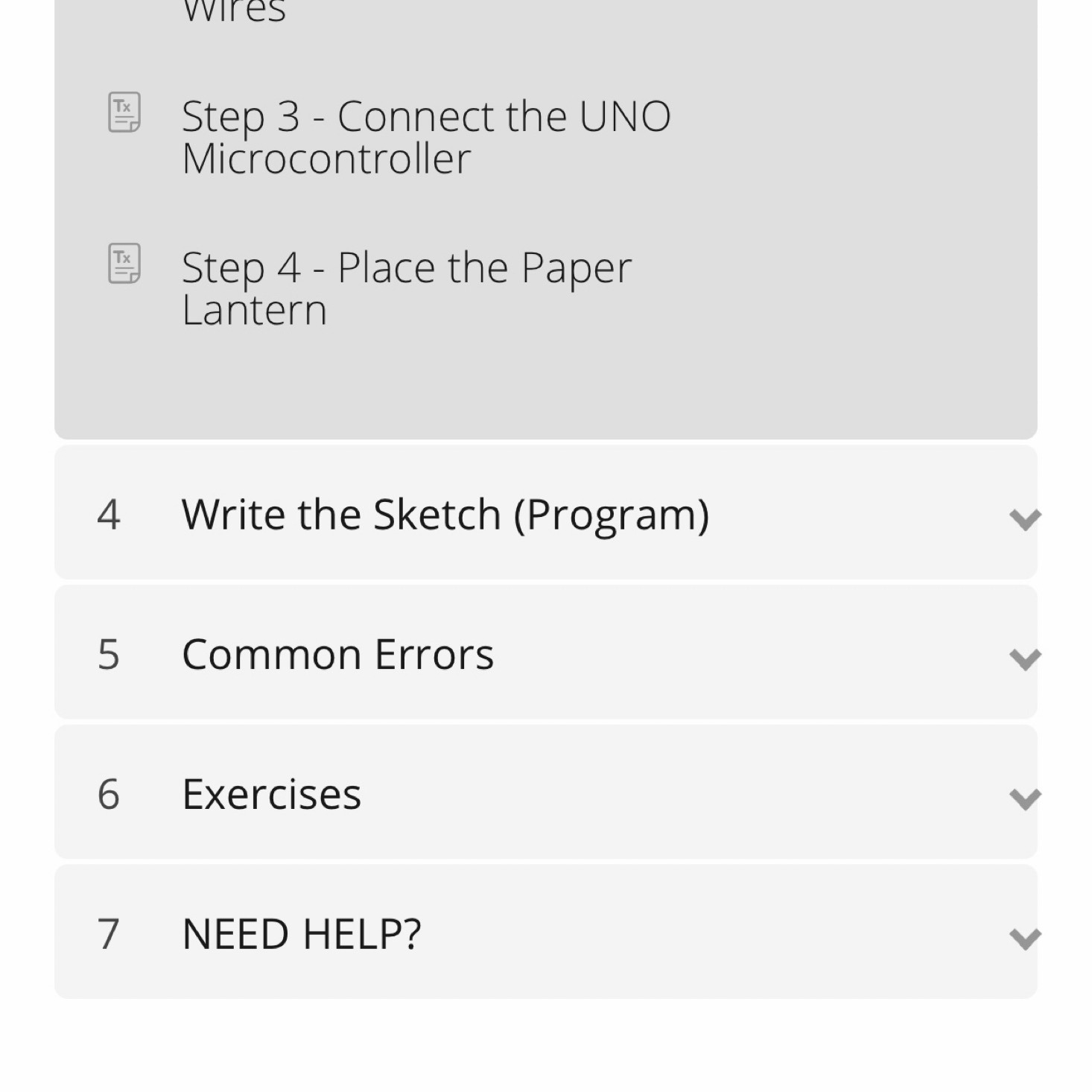
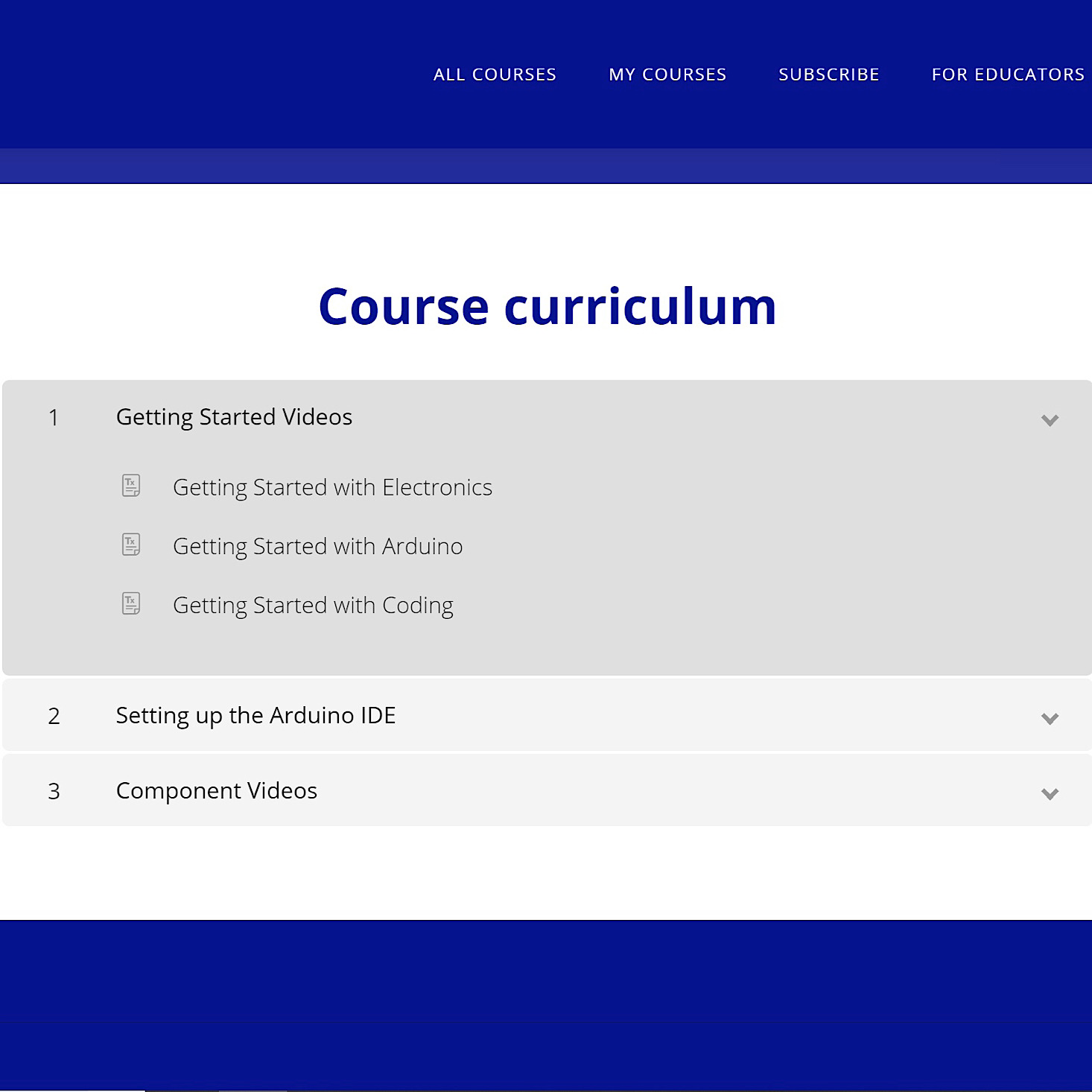









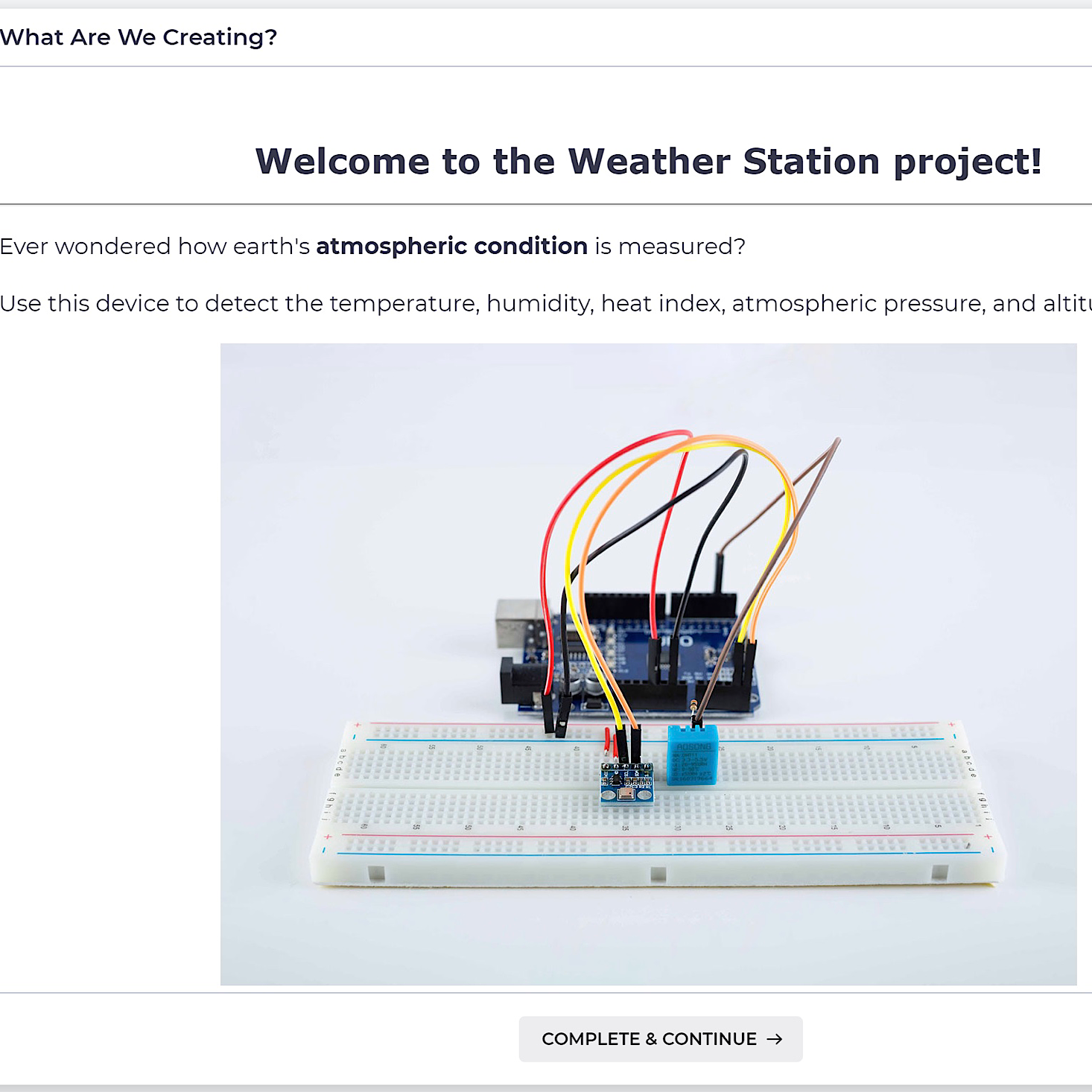

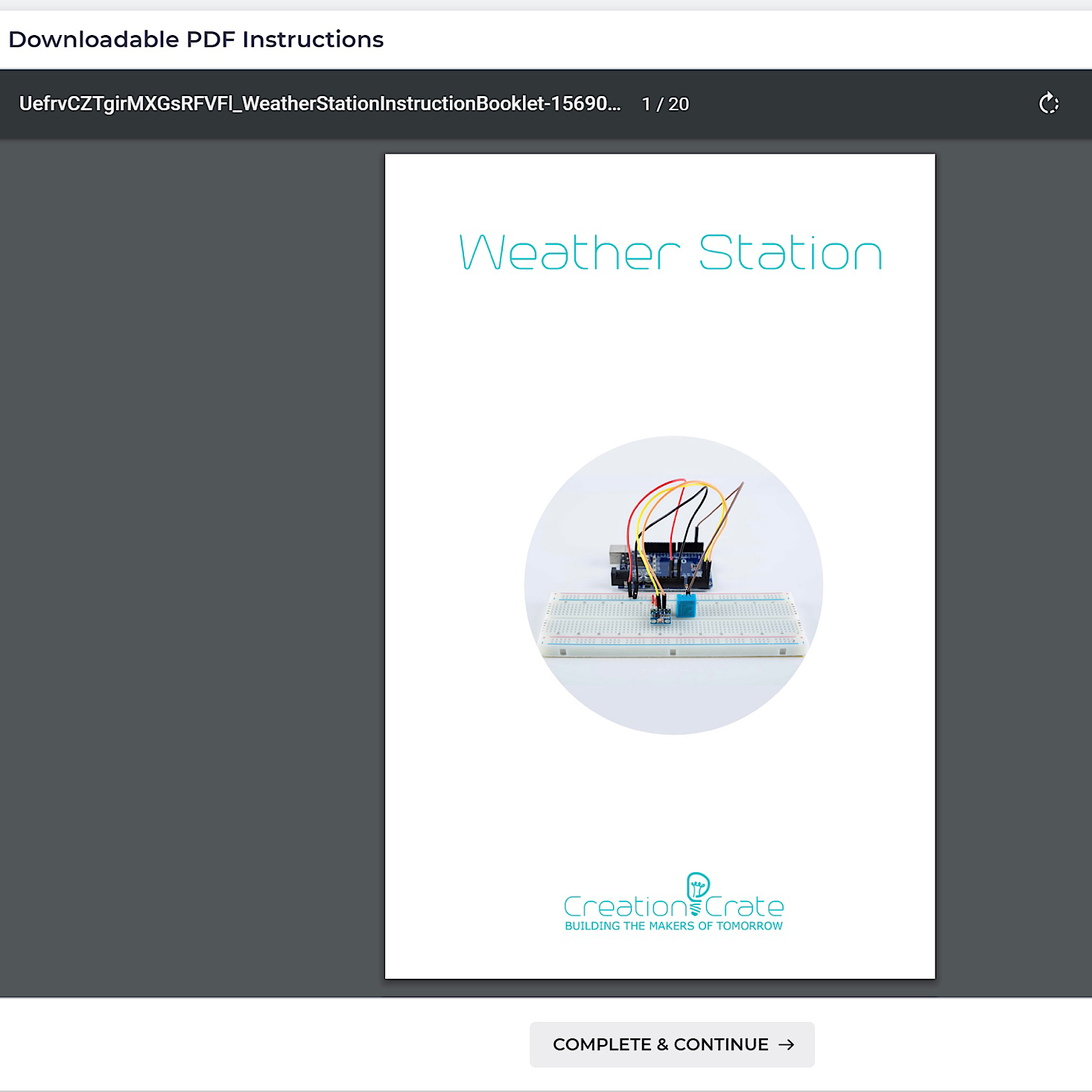


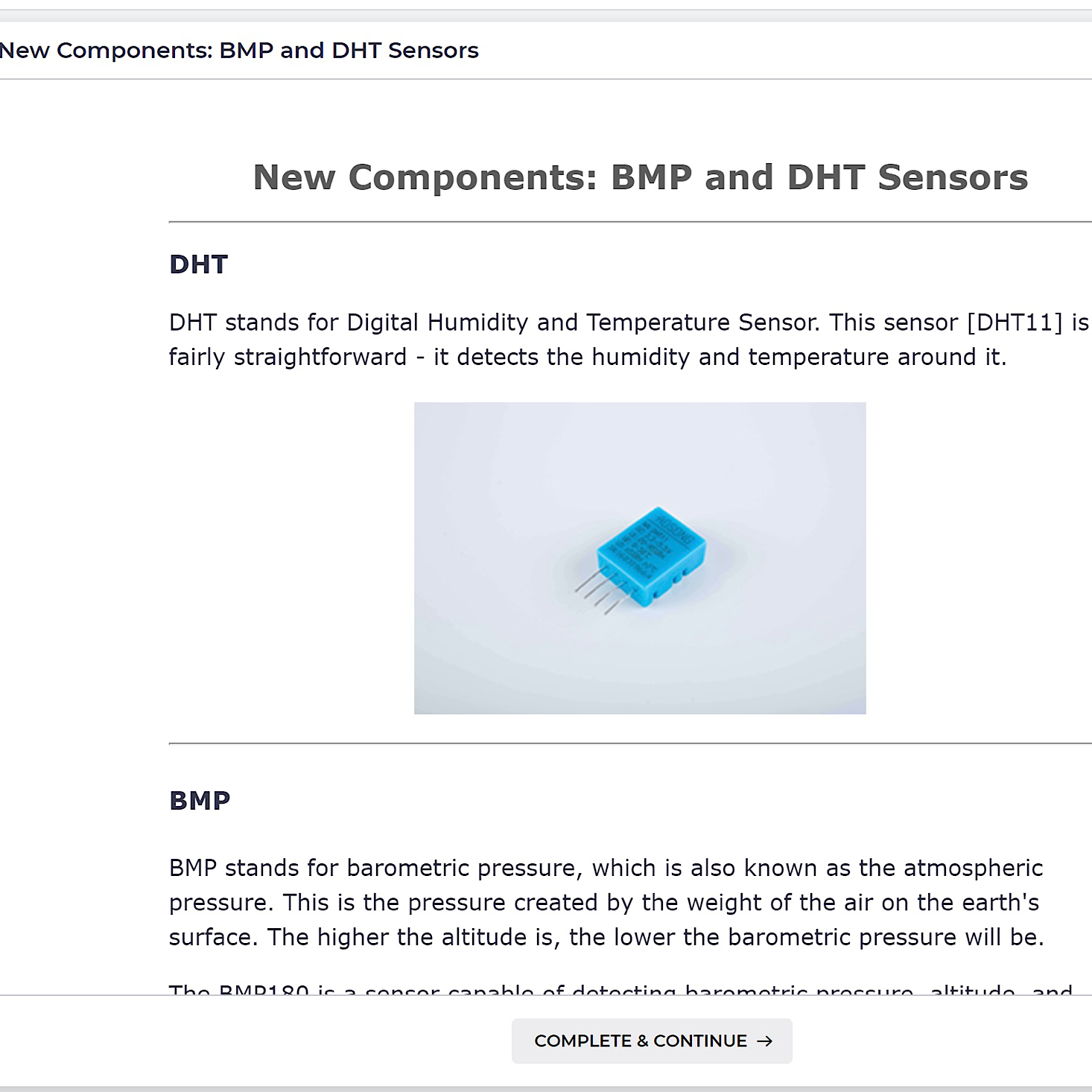


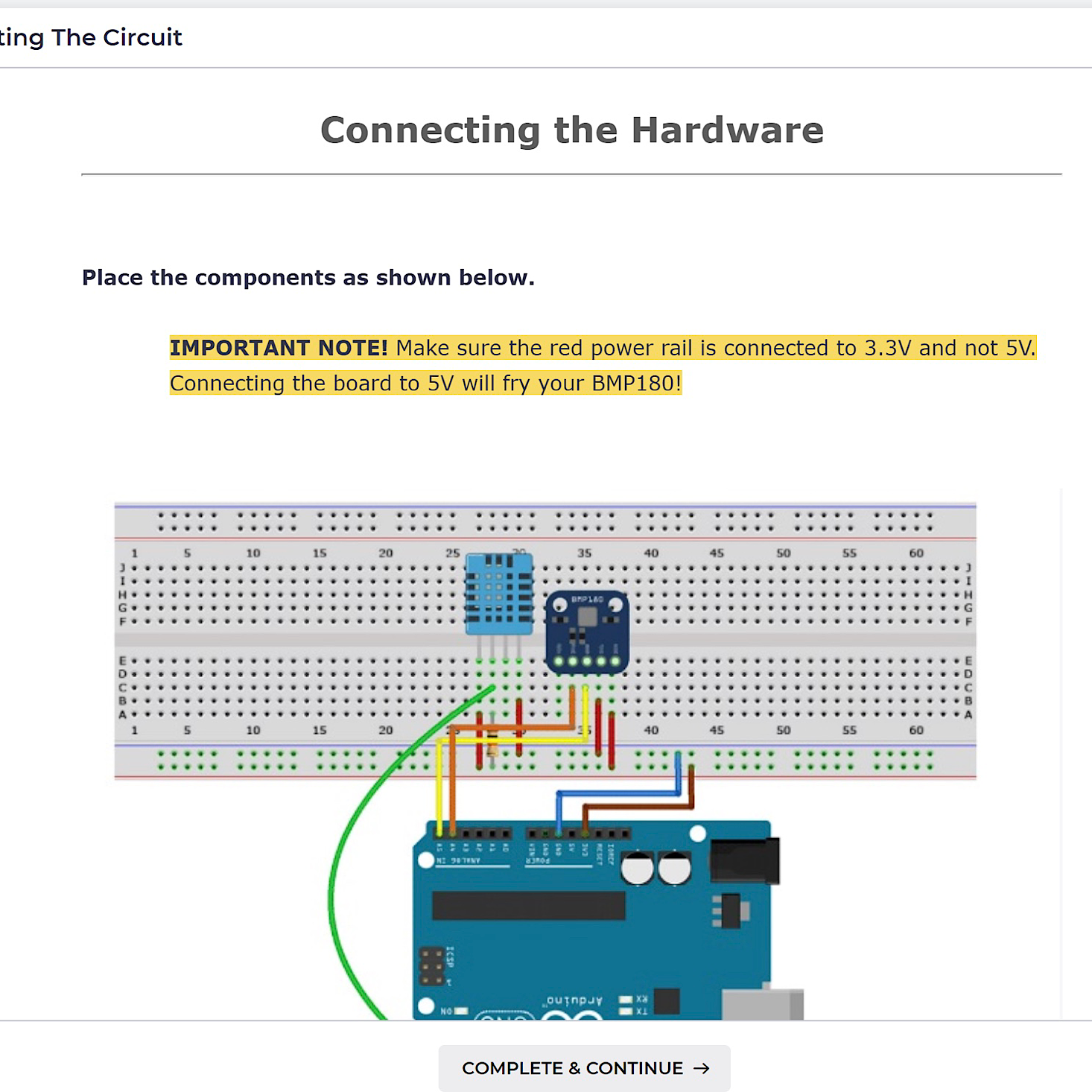
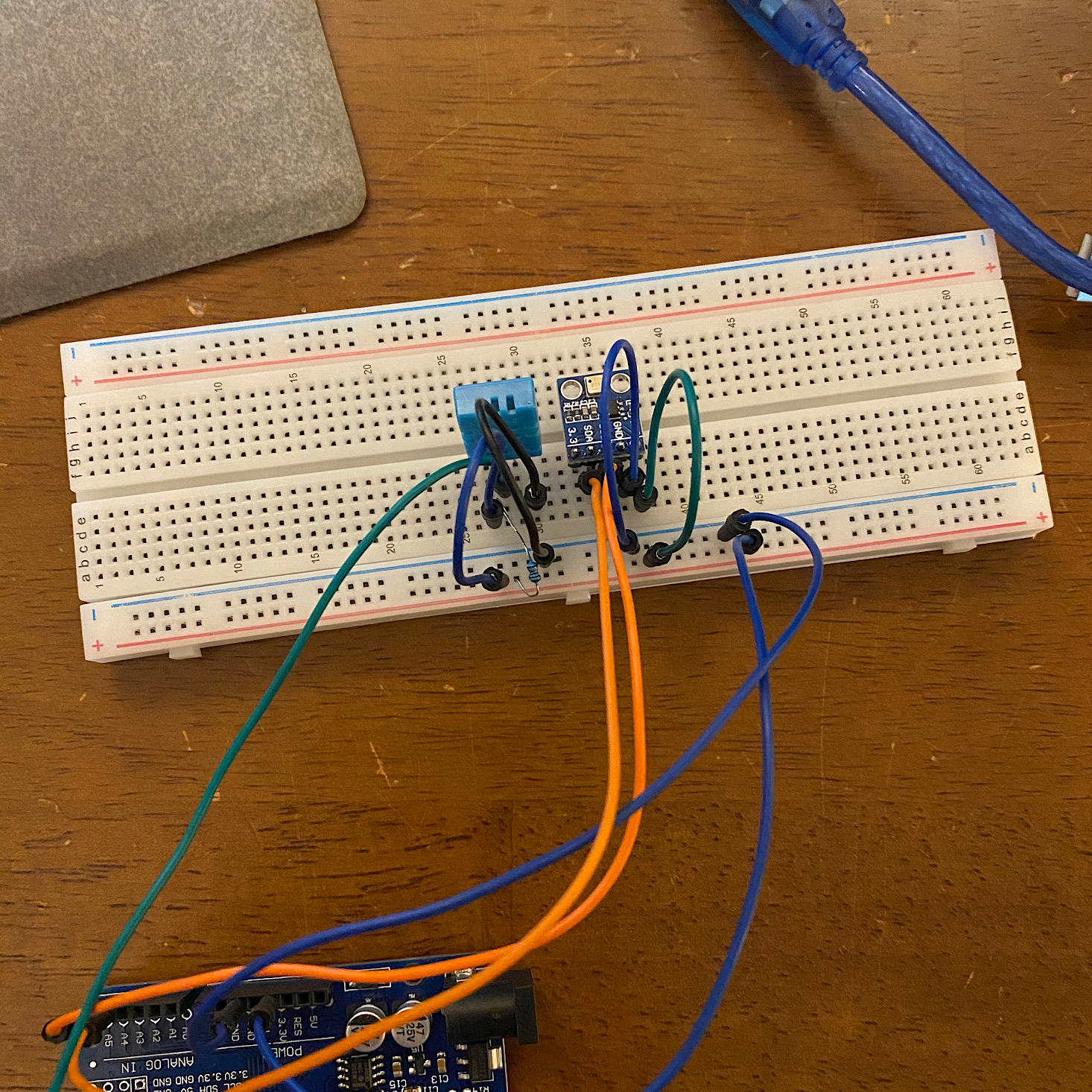


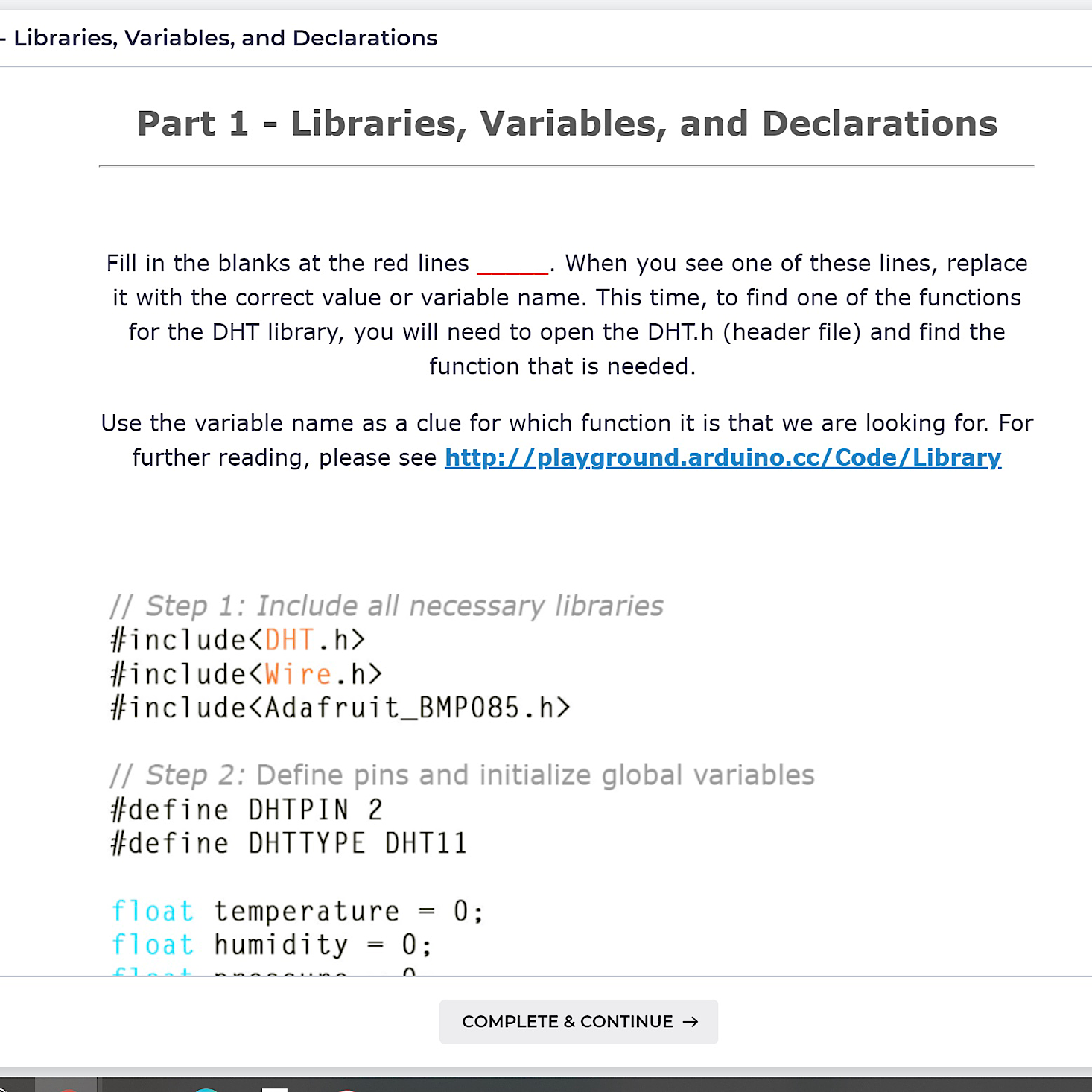
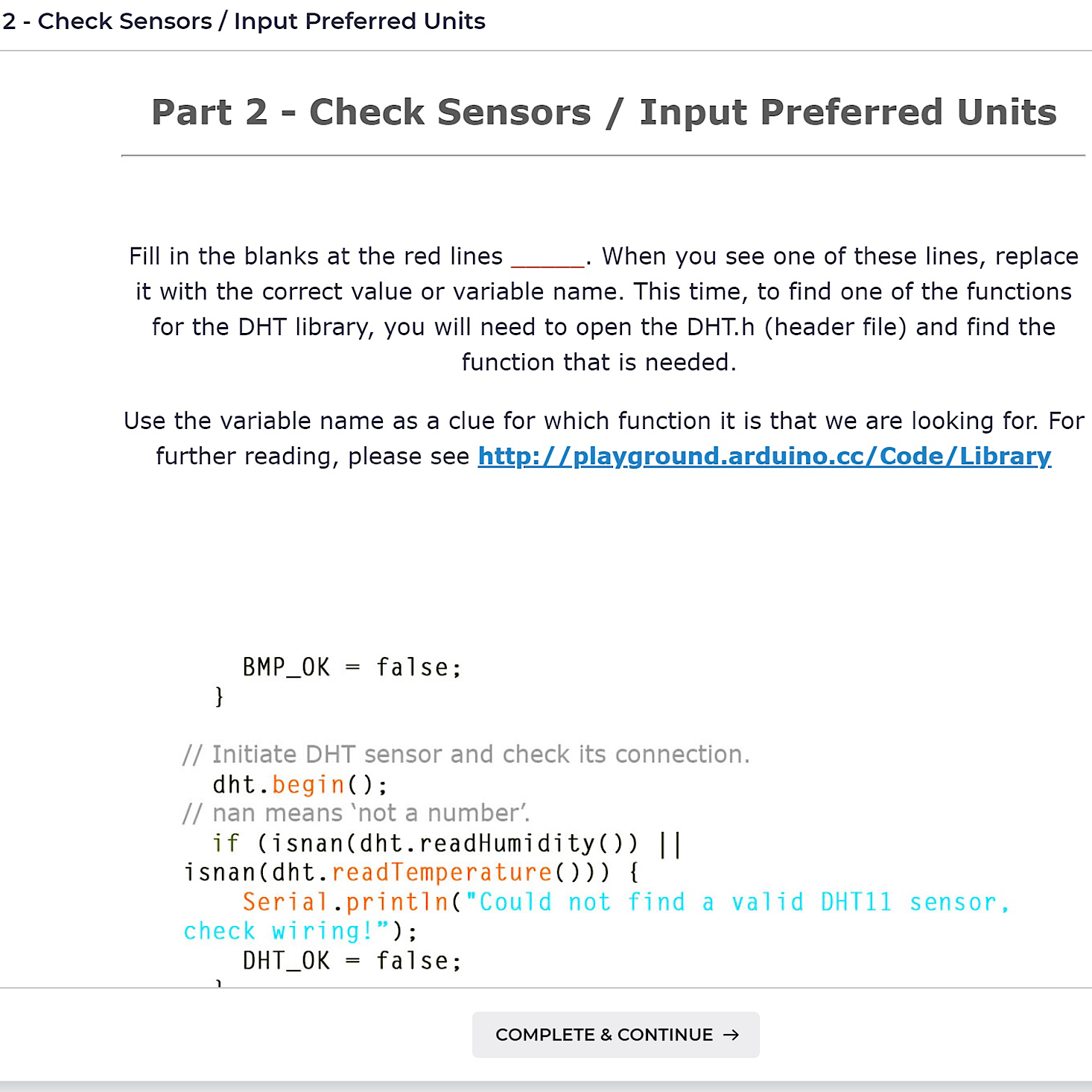

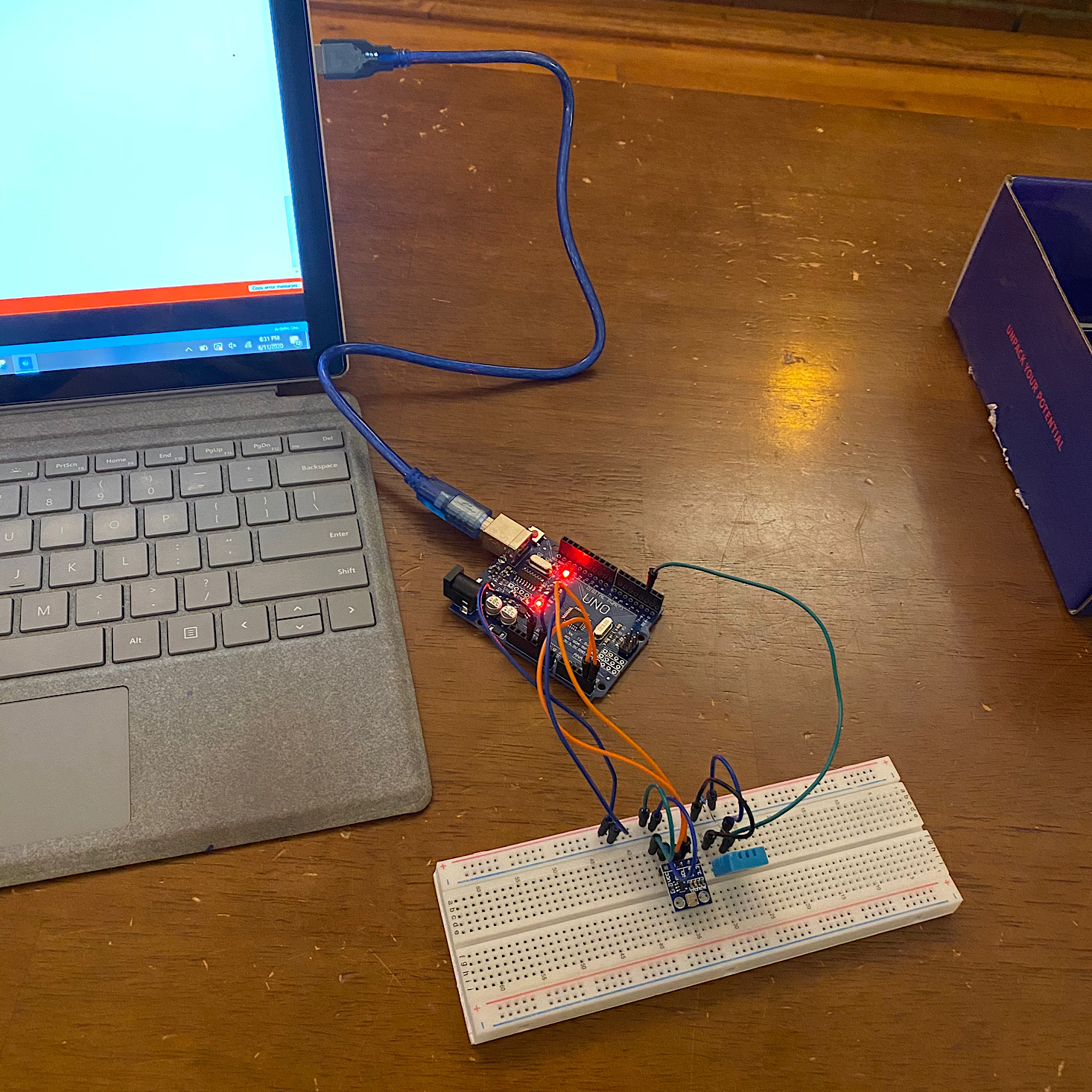

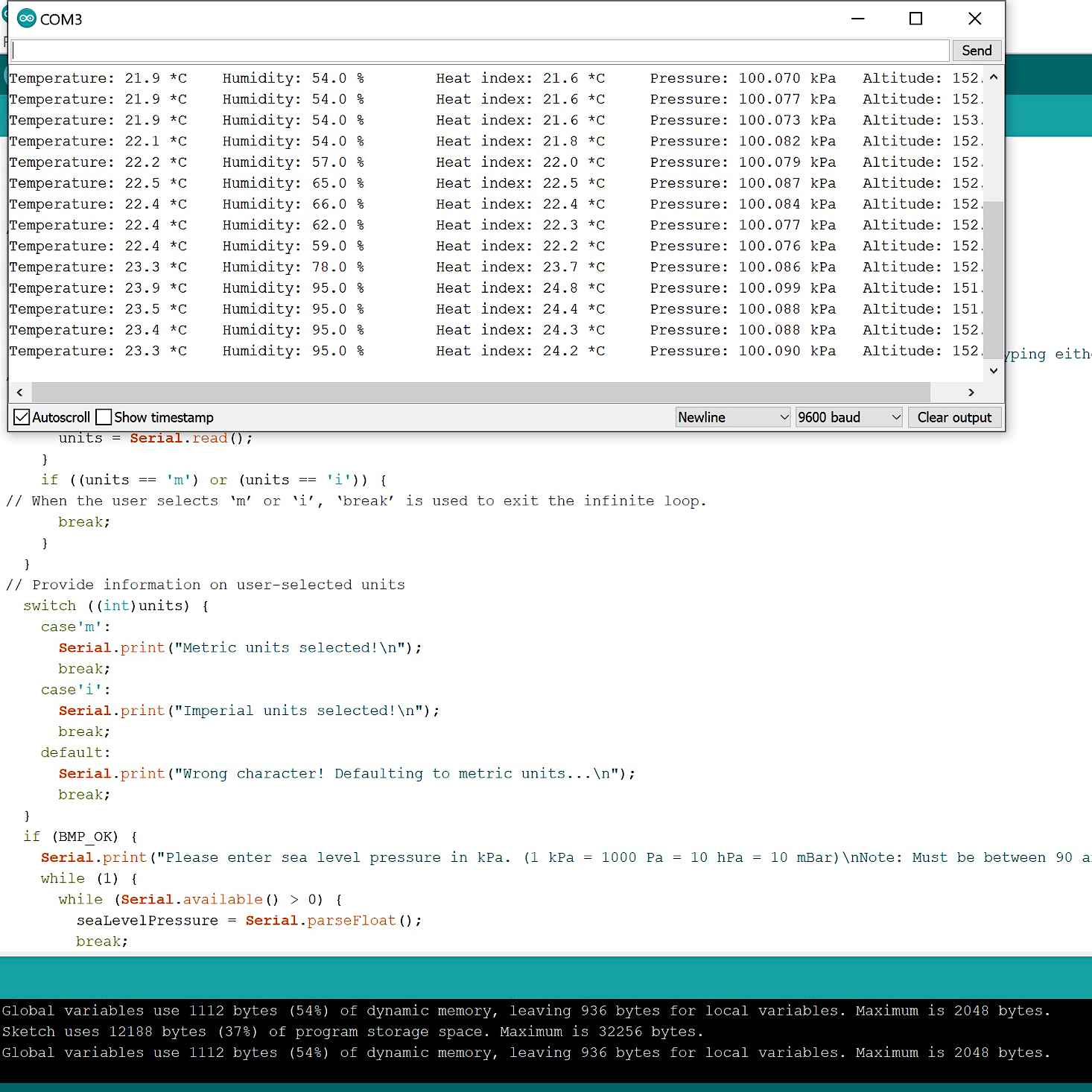
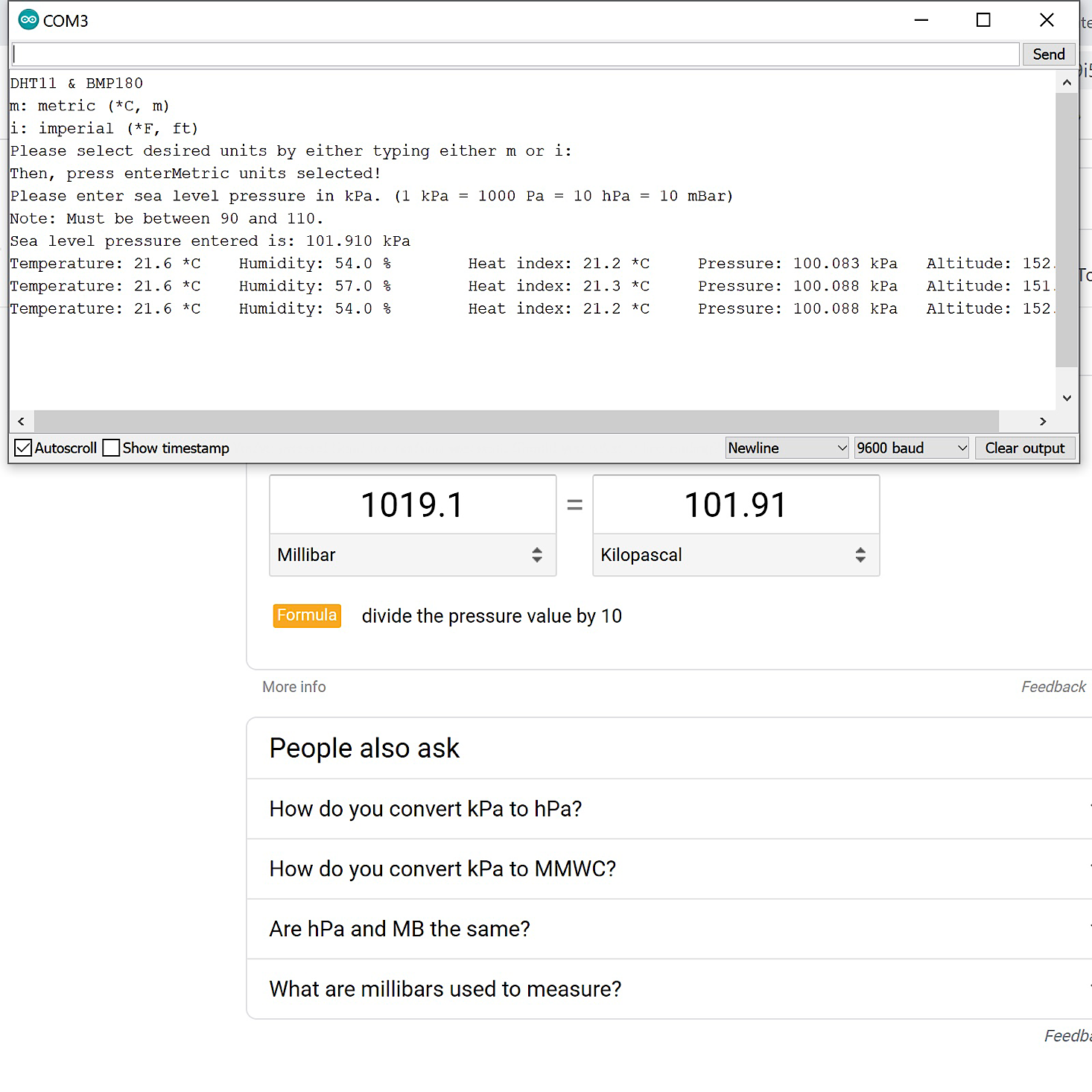
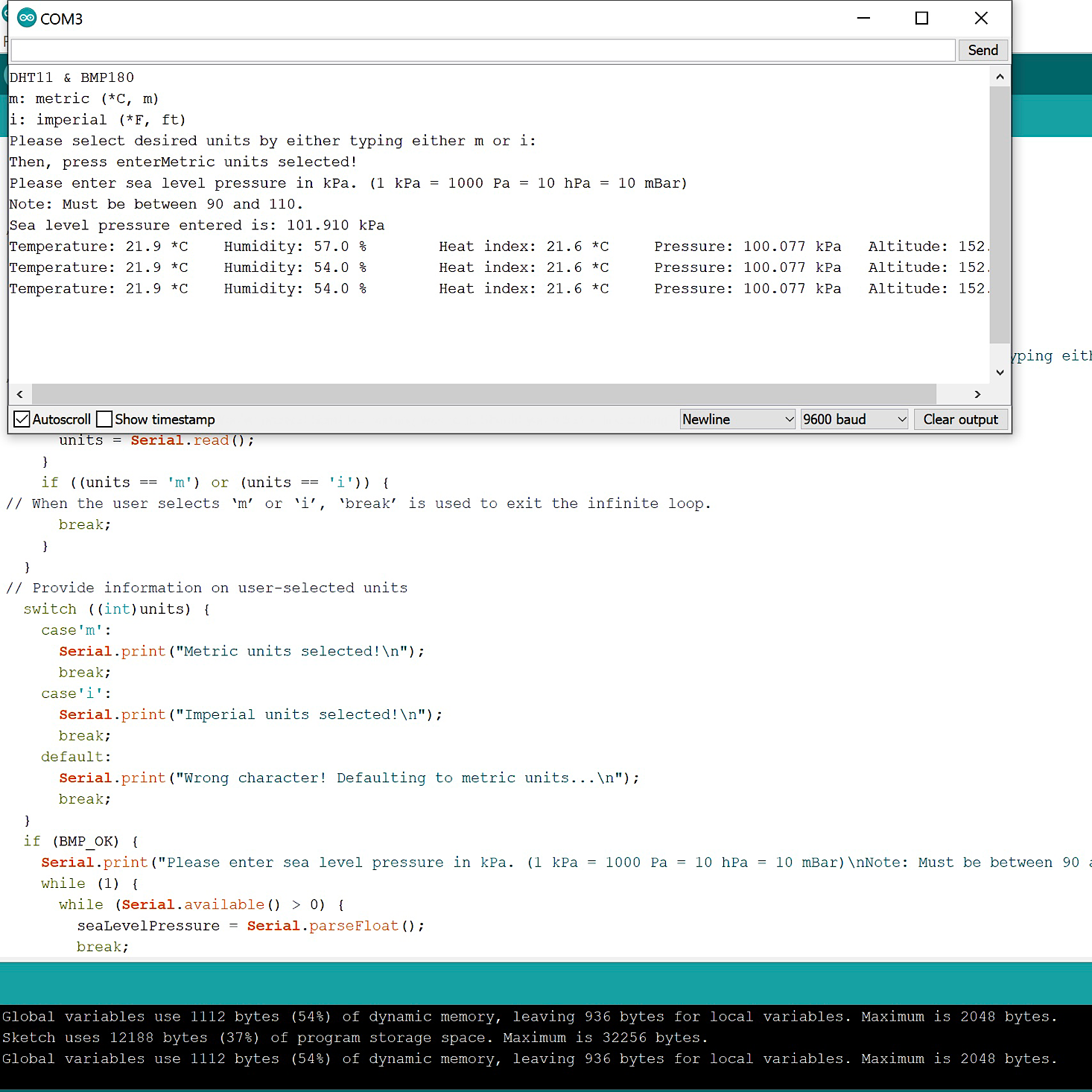
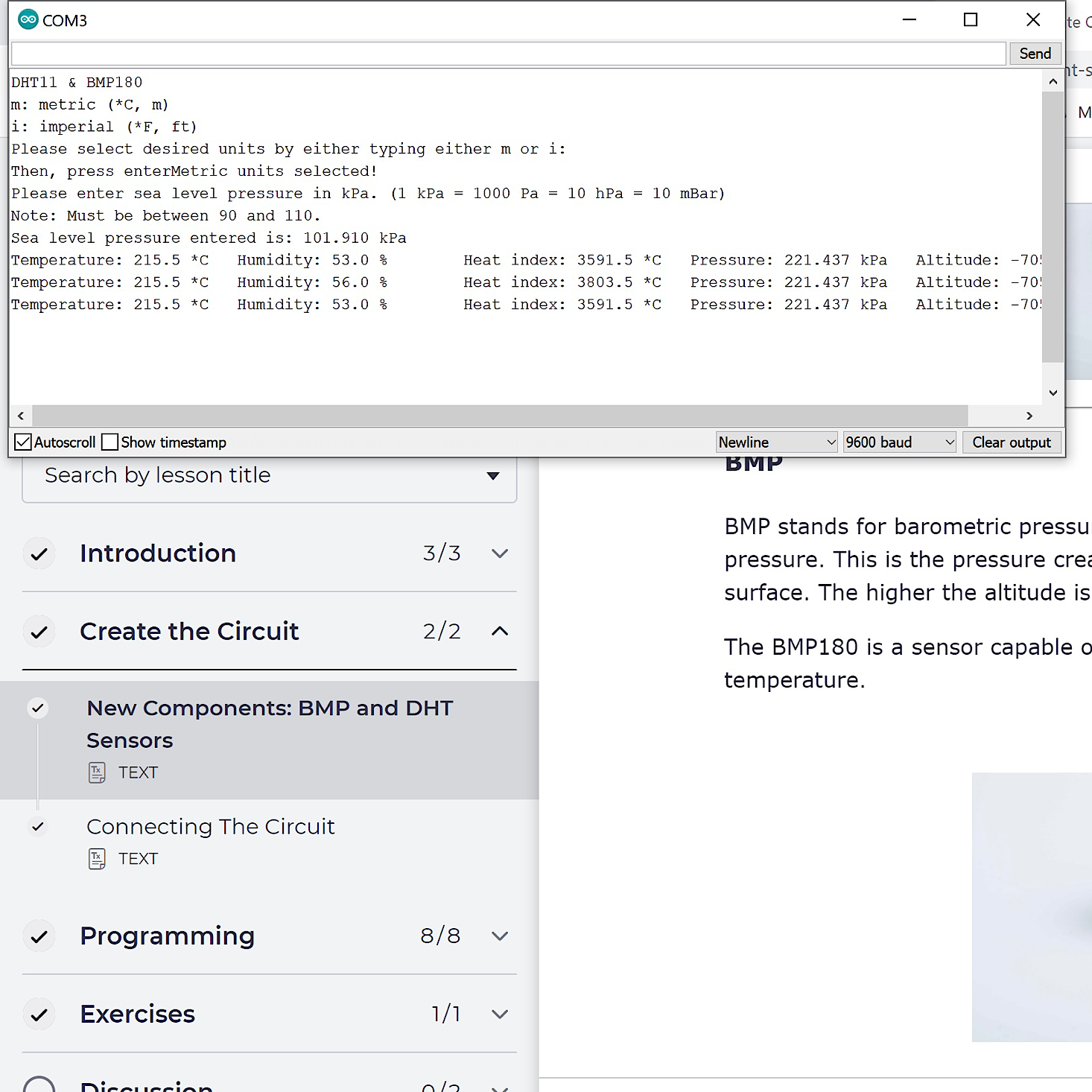
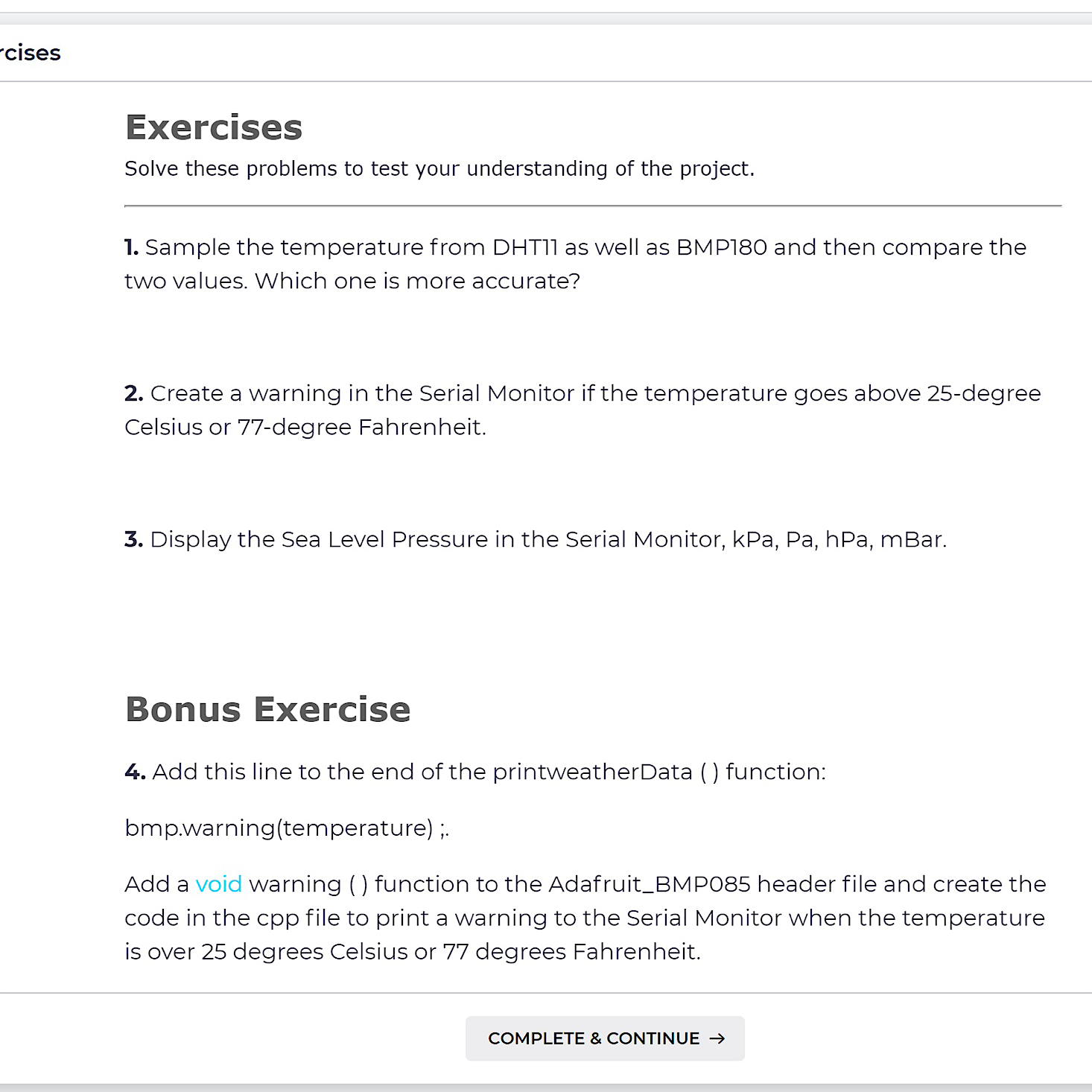

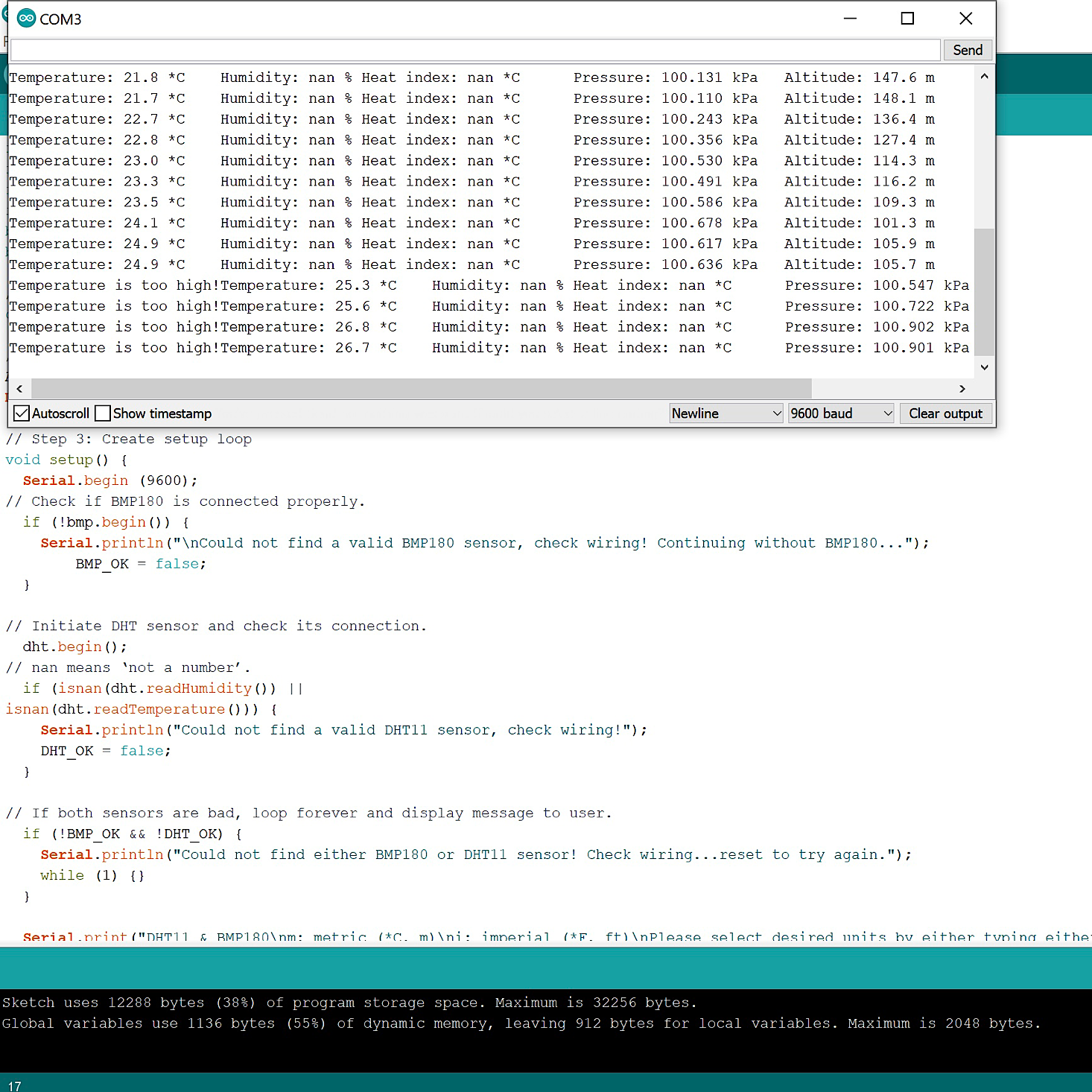


Please do not enter your email address in the Name field or in the comment content. Your email address will not be published. Required fields are marked *. Remember to post with kindness and respect. Comments with offensive language, cruelness to others, etc will not be approved. See our full comment policy here.